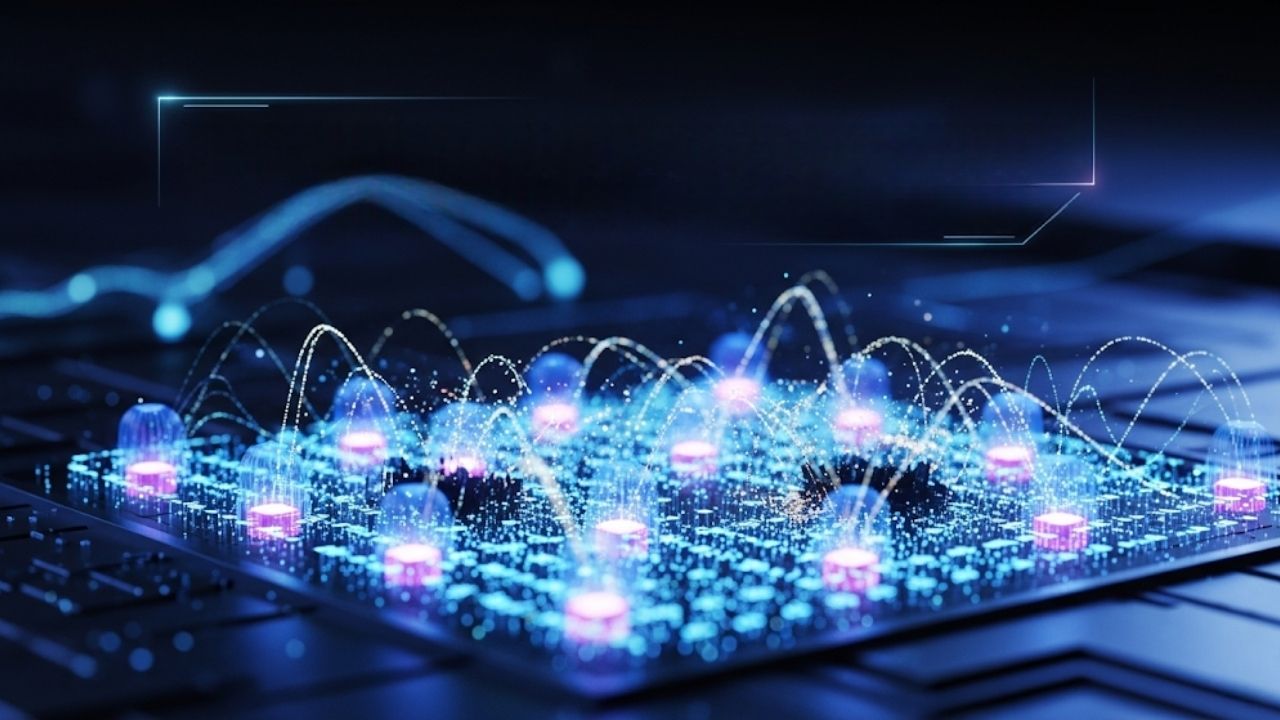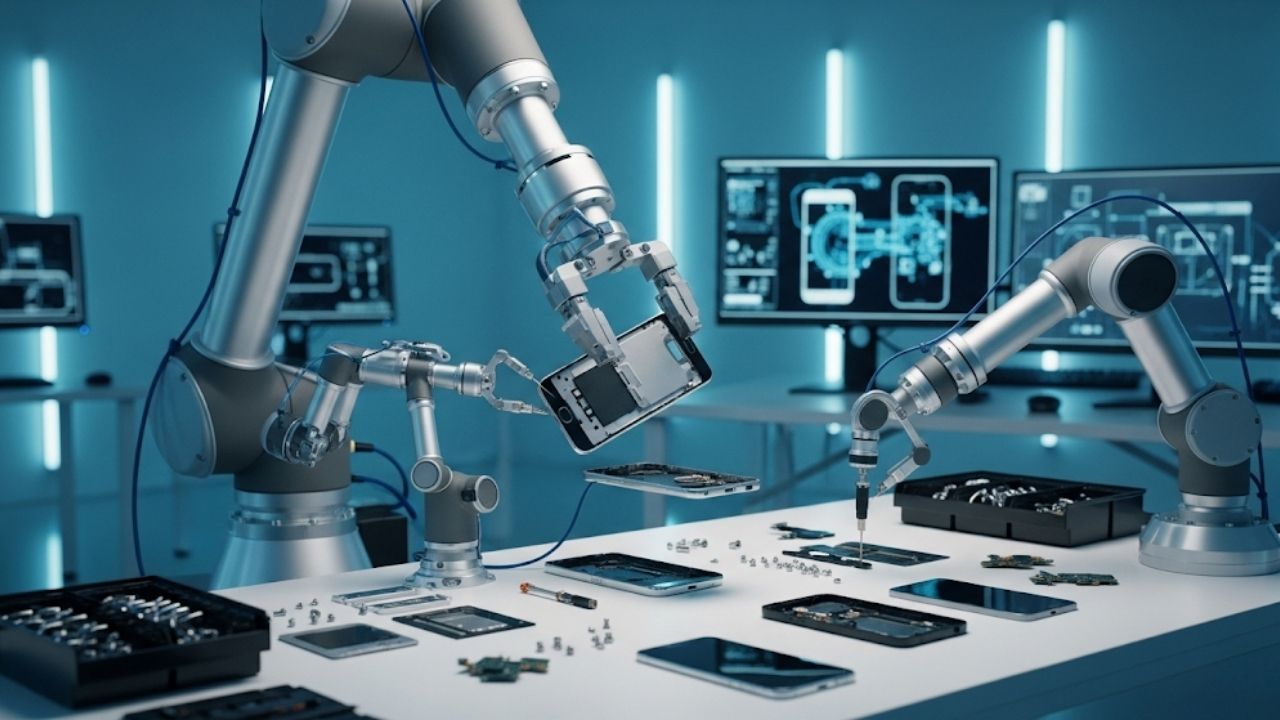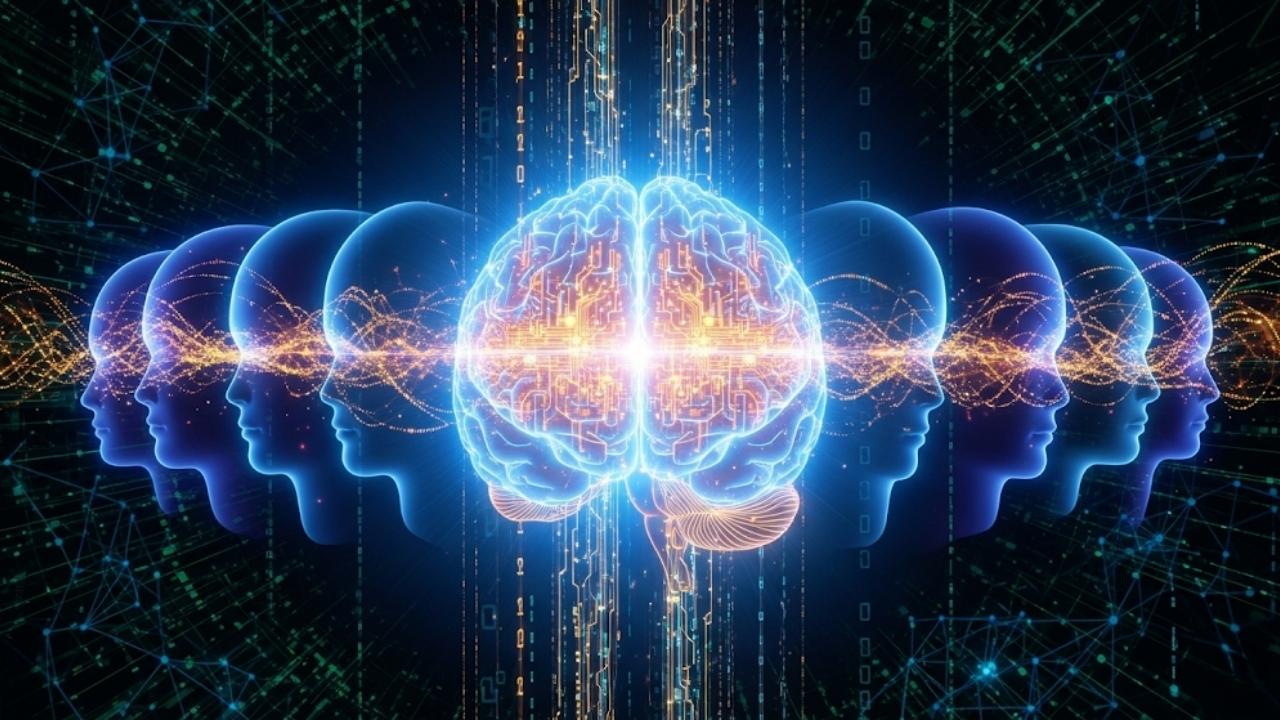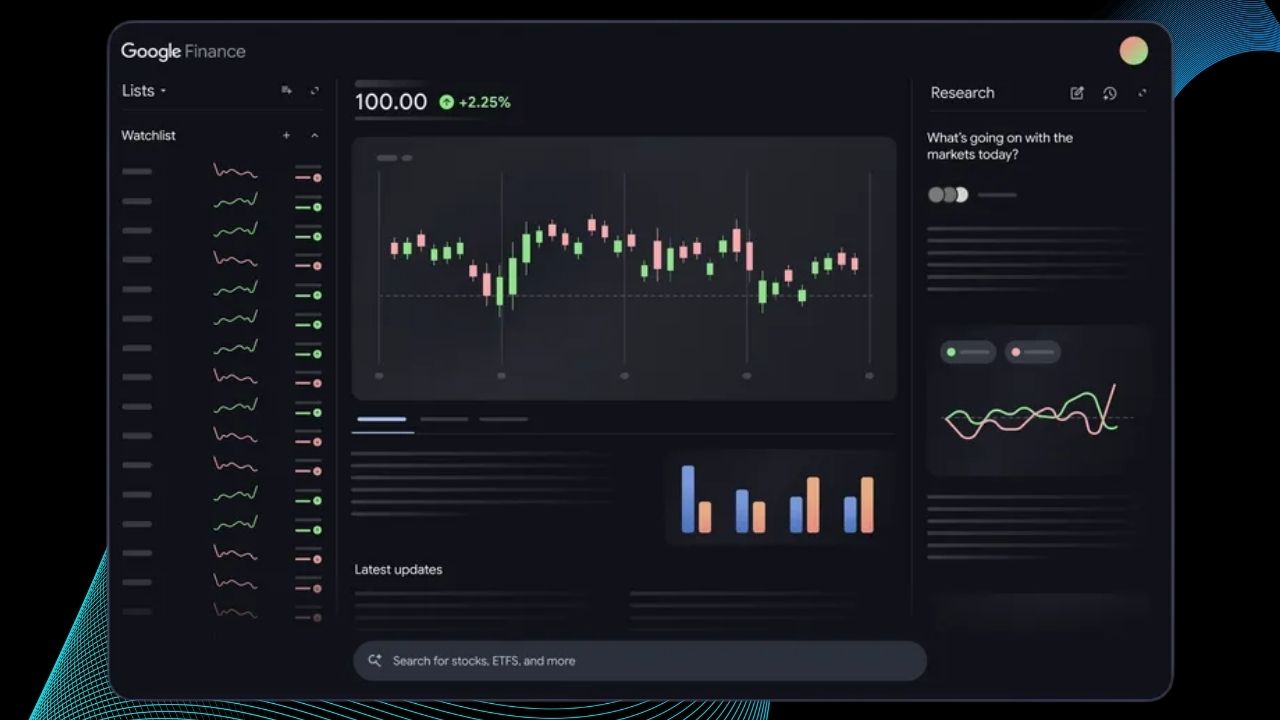New Chiral Superconductor Shows Promise for Stable Qubits: Quantum computing represents one of the most groundbreaking technological frontiers of the 21st century. At the heart of this revolution are qubits, the quantum analogues of classical bits, capable of representing not just 0 or 1, but also a combination of both simultaneously. However, building stable, reliable qubits remains a major challenge. Recent research has spotlighted a new chiral superconductor, a material with remarkable quantum properties that could dramatically improve qubit stability and scalability.

In this article, we’ll explore what makes chiral superconductors special, review the latest scientific breakthroughs, and explain how this advancement could accelerate the development of practical quantum computers. We will provide clear explanations, valuable examples, and reliable data, helping both beginners and experts understand why this is an important milestone.
The discovery of new chiral superconductors combining materials like trigonal tellurium and gold represents a significant advance in quantum materials science. These materials offer enhanced spin energies, magnetic robustness, and topological protections that can make qubits more stable, reliable, and scalable.
While the technology is still emerging, it opens promising avenues toward practical quantum computers capable of solving problems beyond the reach of classical machines. This breakthrough also broadens the horizon for spintronics and next-generation quantum devices, marking a pivotal step in the evolution of quantum technology.
What Is a Chiral Superconductor?
Before diving into the discovery, it’s important to understand what a chiral superconductor is, and how it differs from conventional superconductors.
Superconductors in Brief
A superconductor is a material that can conduct electricity without resistance when cooled below a critical temperature. This property means electrical current flows through it with perfect efficiency, generating no heat loss. Traditional superconductors form pairs of electrons, called Cooper pairs, that move through the material without scattering.
Chirality: The Concept of “Handedness”
Chirality refers to a property where an object or system cannot be superimposed on its mirror image—think of how your left and right hands are mirror images but not identical. In physics and chemistry, chirality often describes molecules or particles with a specific “handedness” or spin orientation.
Chiral Superconductivity
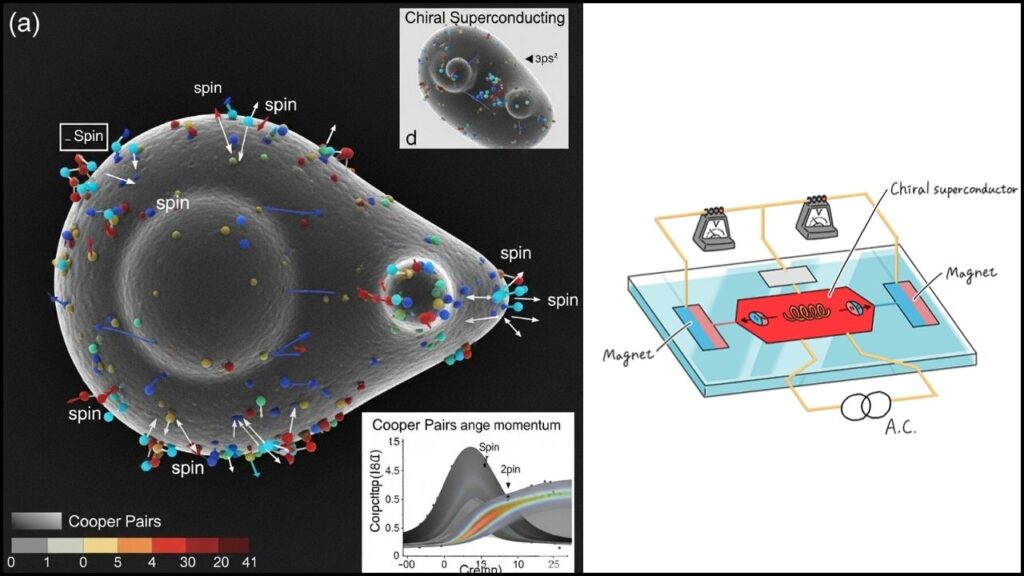
In chiral superconductors, the Cooper pairs exhibit this handedness. Instead of pairing symmetrically, electrons pair with spins oriented in a particular direction, creating an intrinsic angular momentum or chirality. This leads to several unique quantum phenomena:
- Asymmetric current flow: Electric current prefers to flow in one direction, producing a superconducting diode effect.
- Topological protection: Certain quantum states in chiral superconductors are robust against disturbances, which can protect qubits from decoherence.
- Unconventional pairing symmetry: This can enable exotic quantum states essential for certain types of quantum computing.
Why Does This Matter for Quantum Computing?
Qubits must maintain their quantum state long enough for computations to be completed, but they are easily disrupted by noise and environmental factors. Chiral superconductors offer inherent stability due to their unique quantum mechanical properties, providing a promising platform for fault-tolerant qubits.
Recent Breakthroughs in Chiral Superconductors
Hybrid Chiral Tellurium-Gold Interface
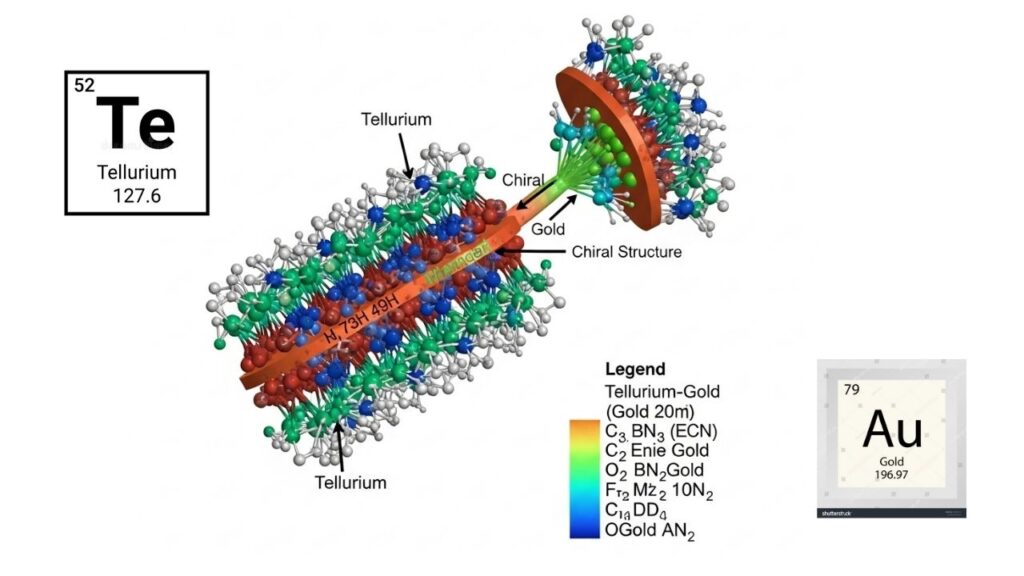
Researchers at the University of California, Riverside engineered a novel material by layering chiral trigonal tellurium (Te) and gold (Au). This hybrid interface behaves as a two-dimensional chiral superconductor with remarkable quantum characteristics:
- Spin Energy Enhancement: The spin energy, which helps maintain electron spin alignment and qubit coherence, was increased by a factor of six compared to conventional materials.
- Robustness Under Magnetic Fields: The material retains superconductivity even when exposed to strong magnetic fields, a common challenge in qubit systems.
- Enhanced Spin-Orbit Coupling: This phenomenon strengthens the coupling between electron spin and momentum, which is key for chiral behavior.
These factors make this hybrid material an excellent candidate for stable and scalable qubit implementations in quantum circuits.
Layered Lattice Structures at UCLA
Another significant development comes from scientists at UCLA, who constructed a layered lattice comprising tantalum disulfide (TaS₂) and chiral organic molecules. This combination induces chiral superconductivity, verified through the observation of the superconducting diode effect.
This discovery is important because:
- It confirms the practical realization of chiral superconductivity in engineered materials.
- It demonstrates the potential for controlled fabrication of quantum materials with desired chirality.
- It lays the groundwork for devices where the direction of supercurrent can be manipulated, enabling new types of quantum logic gates.
How Does the New Chiral Superconductor Improve Qubit Stability?
1. Reducing Decoherence Through Topological Protection
Qubits lose their quantum information through decoherence, often triggered by tiny interactions with their surroundings. Chiral superconductors host topologically protected quantum states — special states that cannot be easily disturbed or destroyed by local noise, thus greatly reducing decoherence.
2. Enhancing Spin Lifetimes
The increased spin energy observed in the new chiral superconductor means electrons retain their spin orientation longer. This directly translates to longer coherence times for spin-based qubits, allowing more complex quantum calculations before errors occur.
3. Improving Robustness to Magnetic Fields
Many quantum computing platforms rely on controlling magnetic fields, but these fields can disrupt superconductivity. The hybrid chiral superconductor maintains its properties even under strong magnetic influences, enabling better integration into practical quantum hardware.
Practical Guide: Integrating Chiral Superconductors Into Quantum Devices
If you are a researcher or engineer exploring quantum computing hardware, consider the following steps:
Step 1: Material Synthesis and Characterization
- Use layer-by-layer deposition techniques (e.g., molecular beam epitaxy, chemical vapor deposition) to create hybrid interfaces like chiral Te/Au.
- Characterize using tools like angle-resolved photoemission spectroscopy (ARPES) and scanning tunneling microscopy (STM) to confirm chirality and superconducting properties.
Step 2: Device Fabrication
- Integrate chiral superconductors into Josephson junctions, fundamental components for superconducting qubits.
- Design circuits that exploit the superconducting diode effect for directional control of qubit states.
Step 3: Testing Qubit Stability
- Measure coherence times using quantum state tomography.
- Evaluate performance under various temperatures and magnetic fields to simulate realistic operational conditions.
Step 4: Scaling and Error Correction
- Investigate how arrays of qubits based on chiral superconductors behave collectively.
- Develop error correction codes optimized for the unique noise profile of chiral-superconducting qubits.
Implications Beyond Quantum Computing
While quantum computing is the primary beneficiary, chiral superconductors could also impact:
- Spintronics: Devices using electron spin rather than charge for information processing.
- Superconducting Diodes: Components that conduct current preferentially in one direction, improving energy efficiency.
- Topological Quantum Materials: Paving the way for new classes of quantum materials with robust properties.
AI Linked To Fourfold Increase In Productivity Growth And 56% Wage Premium
Researchers Recreate Ancient Egyptian Blue Pigment With Modern Science
India Launches BharatGen AI Model to Revolutionize Multilingual Innovation at BharatGen Summit
FAQs About New Chiral Superconductor Shows Promise for Stable Qubits
Q1: How close are we to commercial quantum computers using chiral superconductors?
Currently, chiral superconductors are at the advanced research stage. Commercial deployment depends on scaling and integration challenges, expected over the next 5–10 years.
Q2: What temperature ranges are required for chiral superconductivity?
Most chiral superconductors operate at very low temperatures, often below 10 Kelvin (-263°C). Research aims to find materials with higher critical temperatures.
Q3: Can chiral superconductors be combined with existing qubit platforms?
Yes, hybrid approaches integrating chiral materials with existing superconducting qubit designs are under active investigation.
Q4: Are there risks of misleading claims in this area?
Quantum materials research is complex; peer-reviewed studies and reproducible experiments are crucial. Always consult reputable journals and official research institutions.
